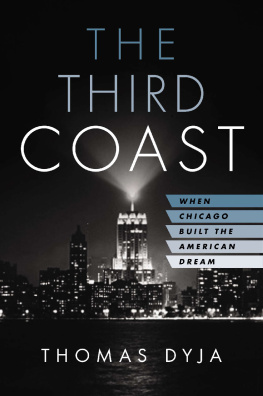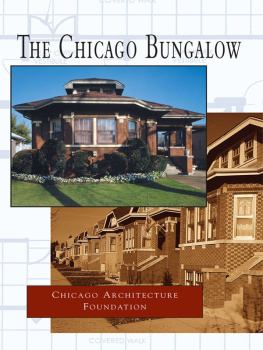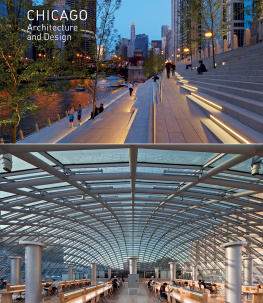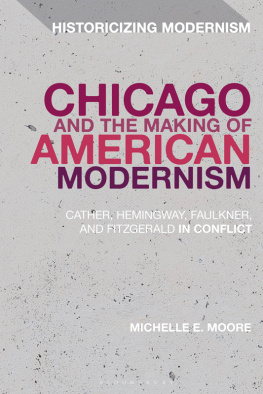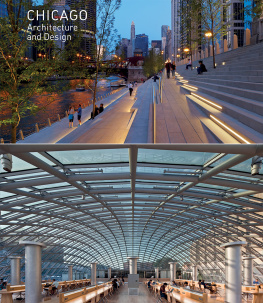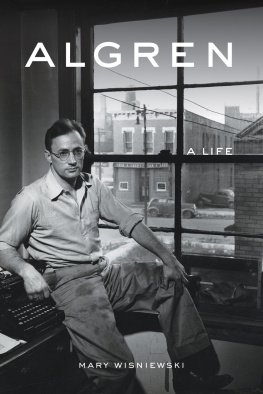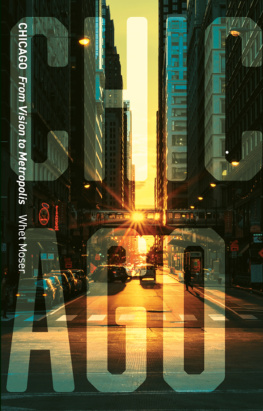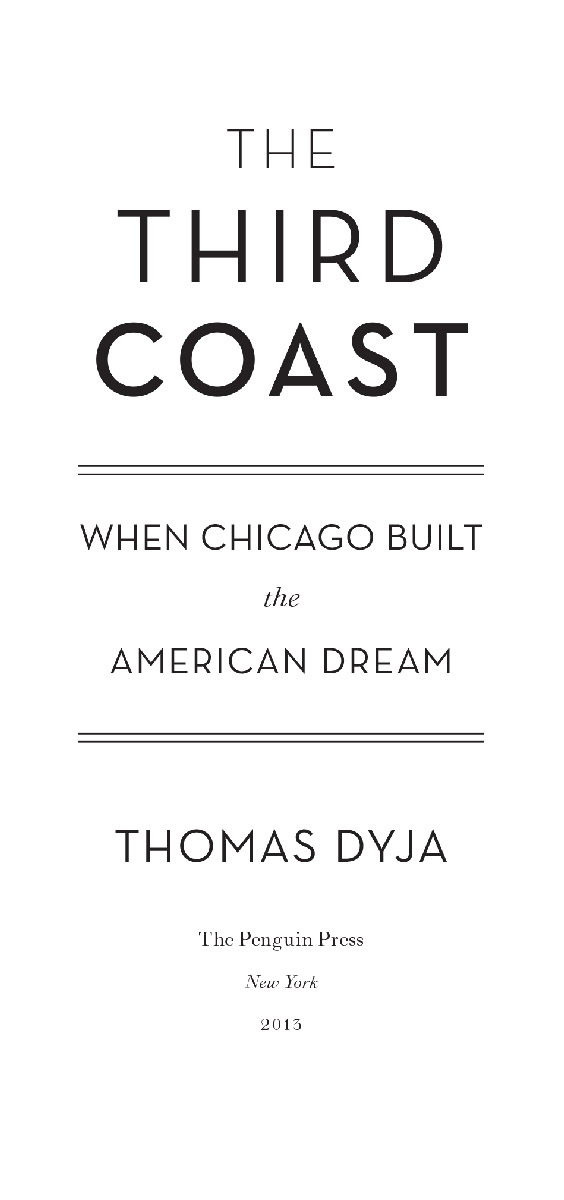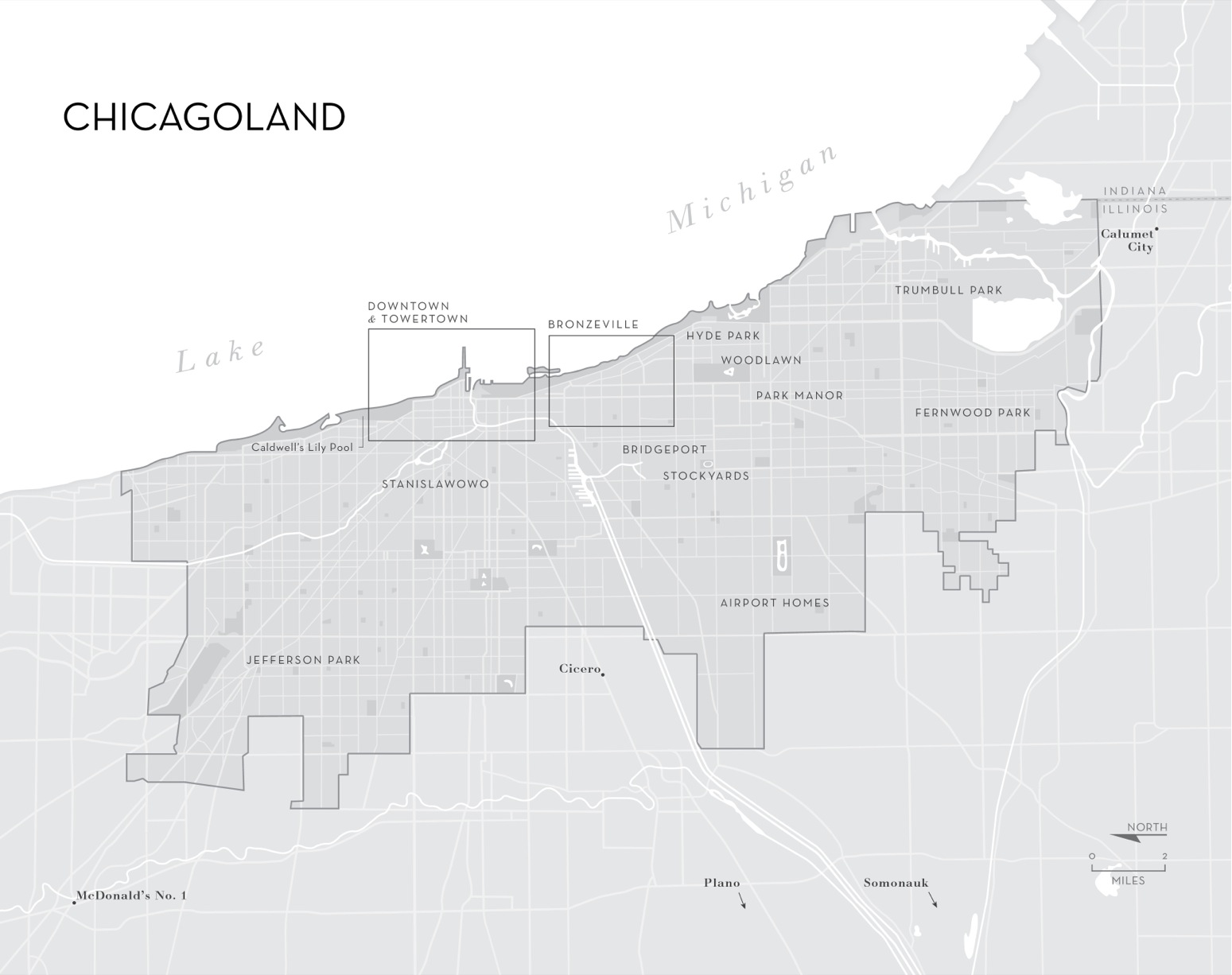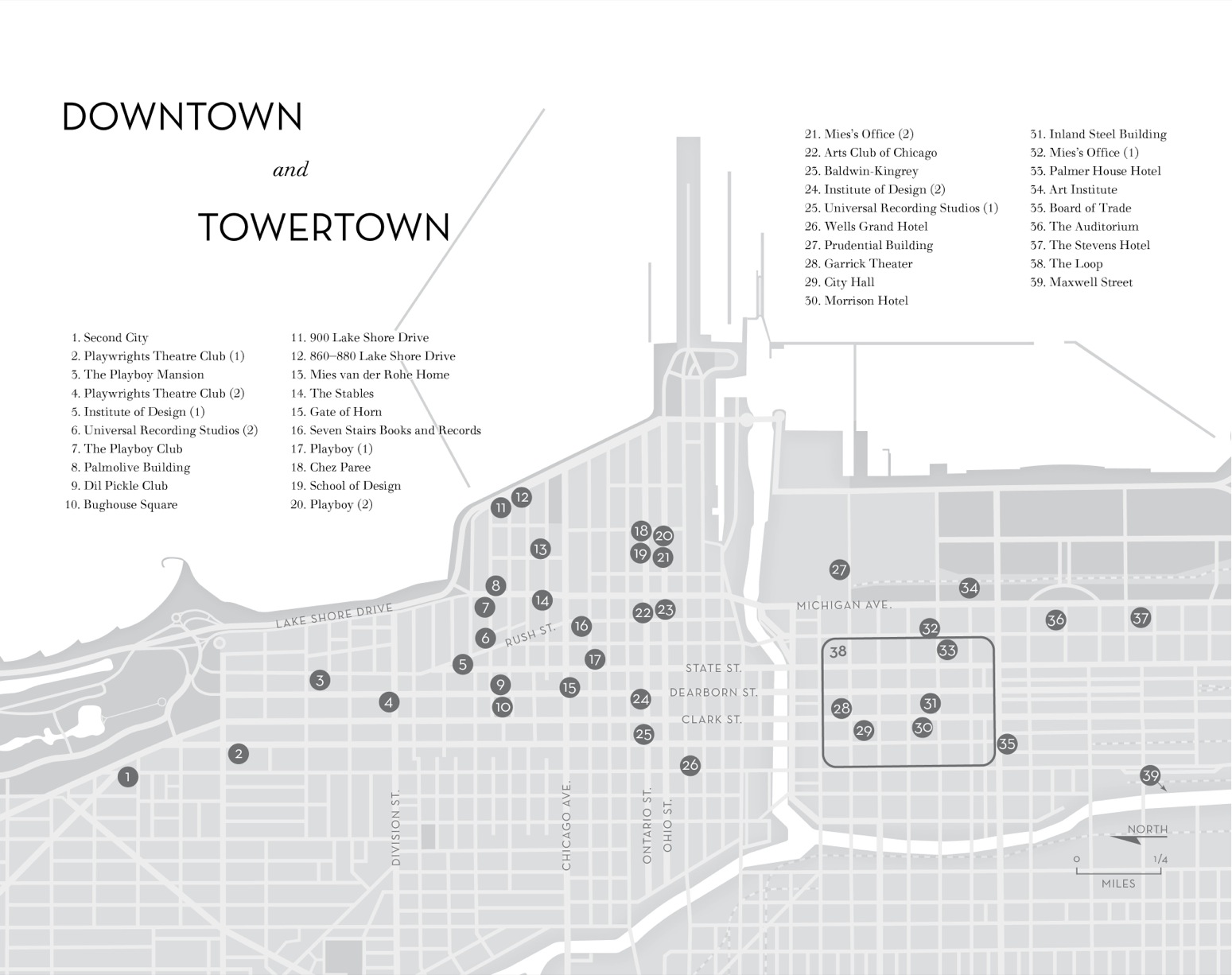Thomas Dyja - The Third Coast: When Chicago Built the American Dream
Here you can read online Thomas Dyja - The Third Coast: When Chicago Built the American Dream full text of the book (entire story) in english for free. Download pdf and epub, get meaning, cover and reviews about this ebook. year: 2013, publisher: Penguin Press HC, The, genre: Detective and thriller. Description of the work, (preface) as well as reviews are available. Best literature library LitArk.com created for fans of good reading and offers a wide selection of genres:
Romance novel
Science fiction
Adventure
Detective
Science
History
Home and family
Prose
Art
Politics
Computer
Non-fiction
Religion
Business
Children
Humor
Choose a favorite category and find really read worthwhile books. Enjoy immersion in the world of imagination, feel the emotions of the characters or learn something new for yourself, make an fascinating discovery.
- Book:The Third Coast: When Chicago Built the American Dream
- Author:
- Publisher:Penguin Press HC, The
- Genre:
- Year:2013
- Rating:3 / 5
- Favourites:Add to favourites
- Your mark:
The Third Coast: When Chicago Built the American Dream: summary, description and annotation
We offer to read an annotation, description, summary or preface (depends on what the author of the book "The Third Coast: When Chicago Built the American Dream" wrote himself). If you haven't found the necessary information about the book — write in the comments, we will try to find it.
Though today it can seem as if all American culture comes out of New York and Los Angeles, much of what defined the nation as it grew into a superpower was produced in Chicago. Before air travel overtook trains, nearly every coast-to coast journey included a stop there, and this flow of people and commodities made it Americas central clearinghouse, laboratory, and factory. Between the end of World War II and 1960, Mies van der Rohes glass and steel architecture became the face of corporate America, Ray Krocs McDonalds changed how we eat, Hugh Hefner unveiled Playboy, and the Chess brothers supercharged rock and roll with Chuck Berry. At the University of Chicago, the atom was split and Western civilization was packaged into the Great Books.
Yet even as Chicago led the way in creating mass-market culture, its artists pushed back in their own distinct voices. In literature, it was the outlaw novels of Nelson Algren (then carrying on a passionate affair with Simone de Beauvoir), the poems of Gwendolyn Brooks, and Studs Terkels oral histories. In music, it was the gospel of Mahalia Jackson, the urban blues of Muddy Waters and Howlin Wolf, and the trippy avant-garde jazz of Sun Ra. In performance, it was the intimacy of Kukla, Fran and Ollie, the Chicago School of Television, and the improvisational Second City whose famous alumni are now everywhere in American entertainment.
Despite this diversity, racial divisions informed virtually every aspect of life in Chicago. The chaosboth constructive and destructiveof this period was set into motion by the second migration north of African Americans during World War Two. As whites either fled to the suburbs or violently opposed integration, urban planners tried to design away blight with projects that marred a generation of American cities. The election of Mayor Richard J. Daley in 1955 launched a frenzy of new building that came at a terrible costmonolithic housing projects for the black community and a new kind of self-satisfied provincialism that sped the end of Chicagos role as Americas meeting place. In luminous prose, Chicago native Thomas Dyja re-creates the story of the city in its postwar prime and explains its profound impact on modern America.
Thomas Dyja: author's other books
Who wrote The Third Coast: When Chicago Built the American Dream? Find out the surname, the name of the author of the book and a list of all author's works by series.

